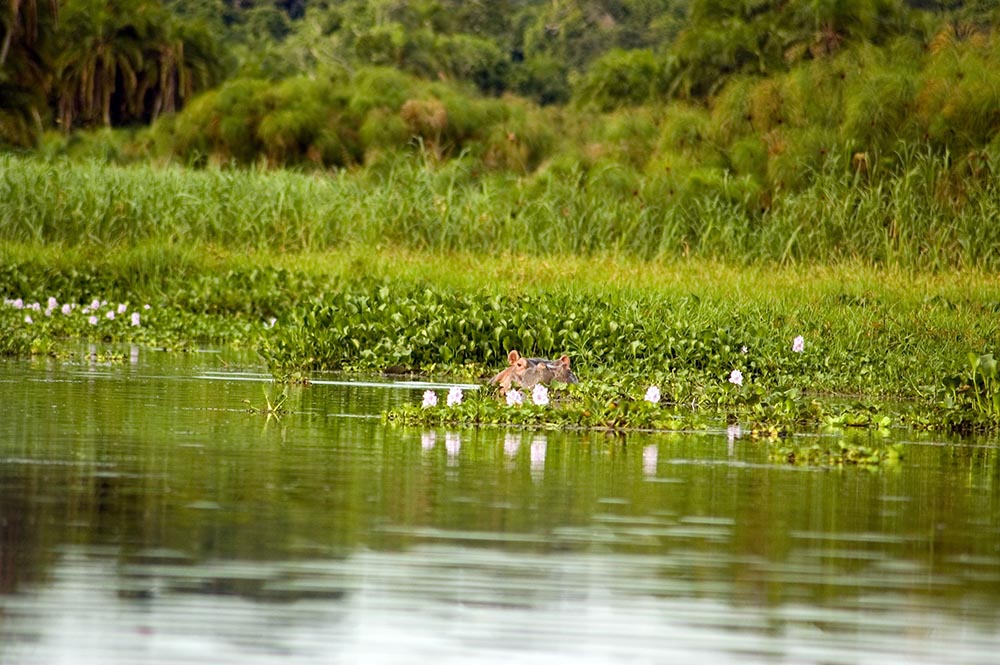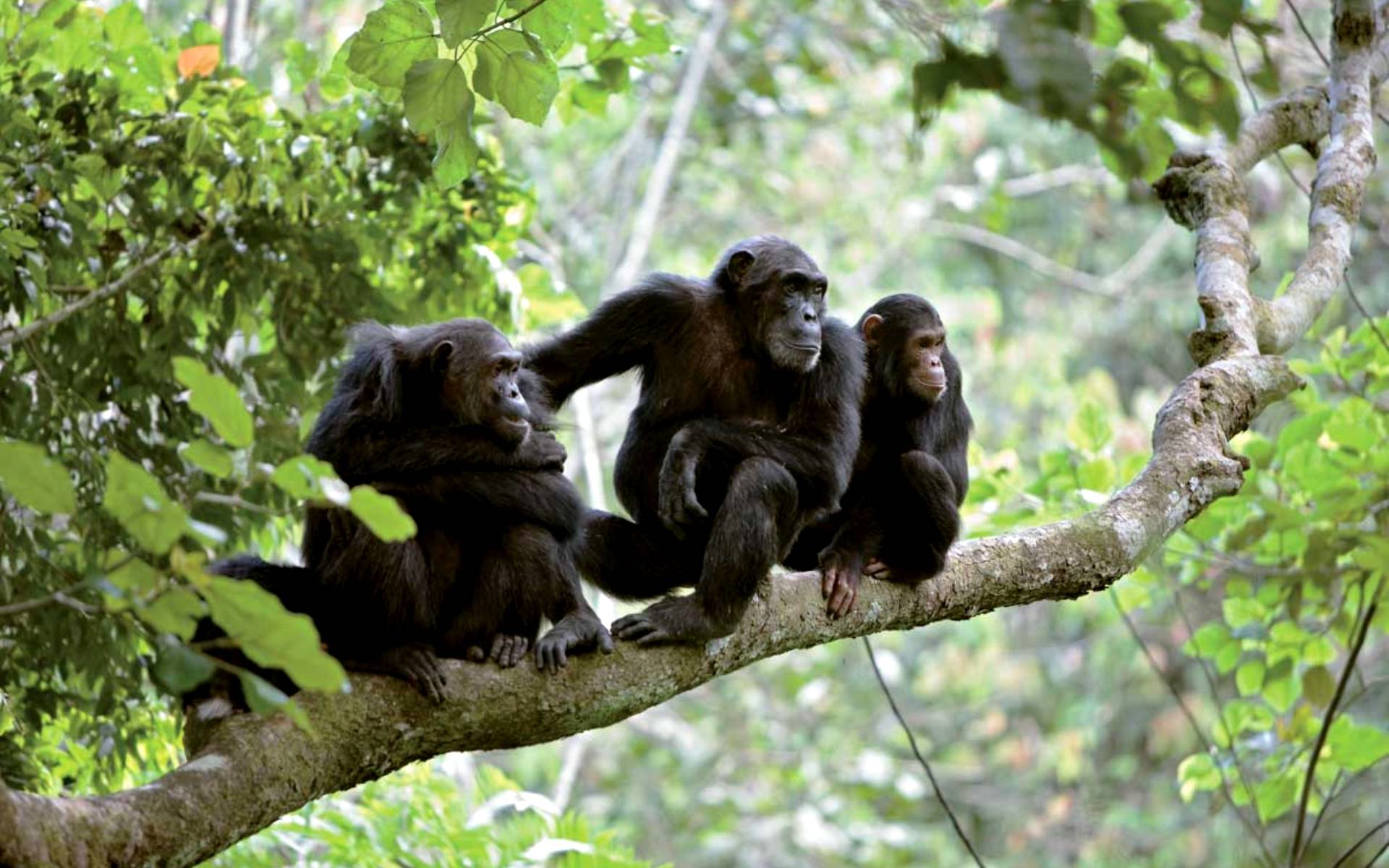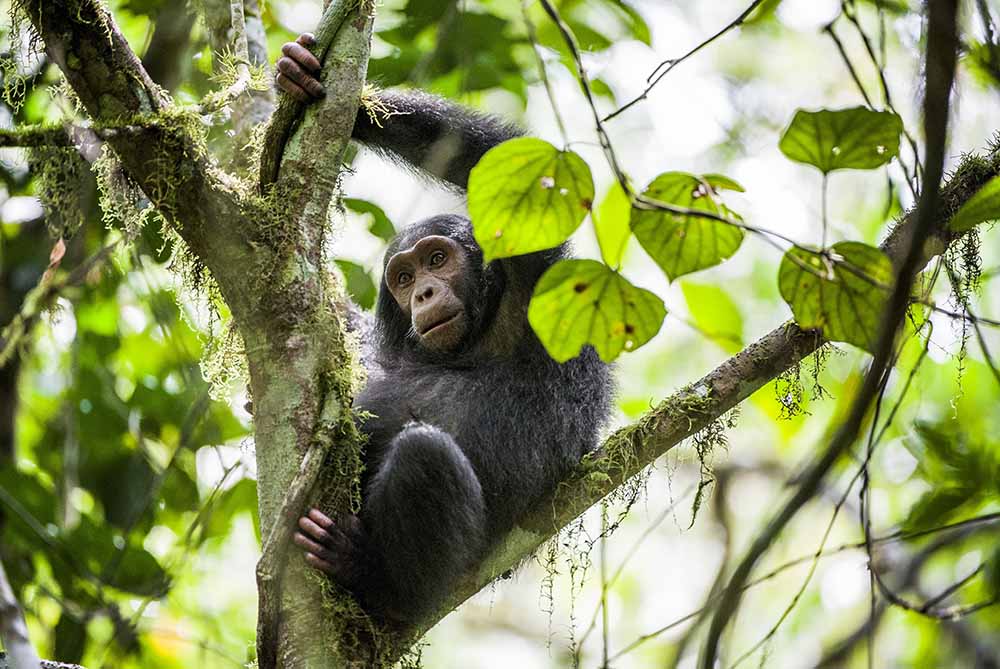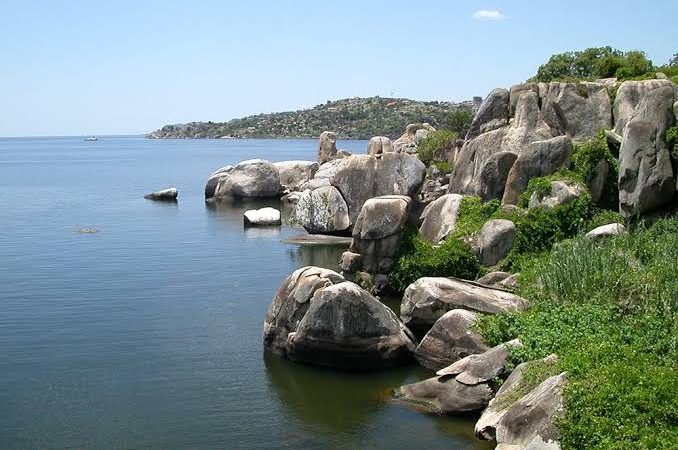Rubondo Island National Park
Are you thinking to go on safari in Rubondo Island?
Talk to our experts about the perfect planning for your holiday.
Rubondo Island National Park has a size of 240 km². It is only one of two Tanzanian national parks located on an island in Lake Victoria, the world’s second-largest lake. It is located in the southwest corner of the lake. Rubondo became a game reserve in 1965, to provide a sanctuary for animals. Tanzania gazetted Rubondo in 1977 as a national park. It is uninhabited and consequently 90% of the island remains forest today. With nine smaller islands under its wing, Rubondo also protects precious fish breeding grounds.
Best Time to Visit Rubondo
Best time: from June to October ( dry season). The best time to visit is during the cooler, As a tropical island, it may rain on Rubondo on any given day.
By flight
With its own airstrip, Rubondo can be accessed via Dar es Salaam, Zanzibar, Arusha and the Serengeti. Travellers can also fly directly from Kigali to easily combine this wild island escape with an epic gorilla encounter in Rwanda’s Volcanoes National Park.
By boat
Rubondo Island can be reached by park boat from two different locations. One option is the boat from Kasenda, a small village near Muganza in Chato District. The other option is the boat from Nkome in Geita District.
- A variety of water birds , Eurasian migrants and introduced African grey parrots
- High density of African fish eagles distinctly seen
- Animal species including Sitatunga, Elephants, Giraffes, Hippos, Bushbucks, Pythons, Crocodiles, Chimpanzees (not fully habituated), Bush pigs and Suni
- The Lake Victoria forming a spectacular sight for visitors with the deepest point in the lake (Irumo) forming part of the park
- Magnificent view of one of the last remaining representatives of evergreen dense primary lowland Congolese forest with a unique habitat mosaic in the midst of high biodiversity value
- Beautiful and attracting beaches such as Fly catcher, Mchangani and Michicoco
- Important gulfs of Irumo and Kamea
- Clear sighting of both sunrise and sunset
- Cultural sites such as “Ntungamirwe”, “Maji Matakatifu”, “Altare” and “Solo” which explain the life of natives who once stayed in the park
- “Birds Islands”, breeding sit for water birds
- Crocodile Island
- Game drive
- Fishing
- Bird watching
- Boating and canoeing safari
- Chimpanzee trek
Rubondo island camp, Queen Doro lodge, Rembo guest house.
If you liked Rubondo Island National Park, you might also like Zanzibar Island.
If you liked Rubondo Island National Park, please follow us on Instagram for more content like this.
Do you need expert tips on planning for your next safari in Africa?
Share your email here
[mc4wp_form id=”29279″]






